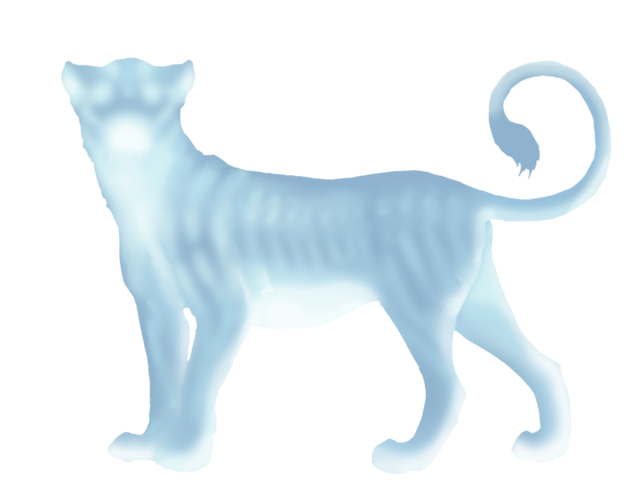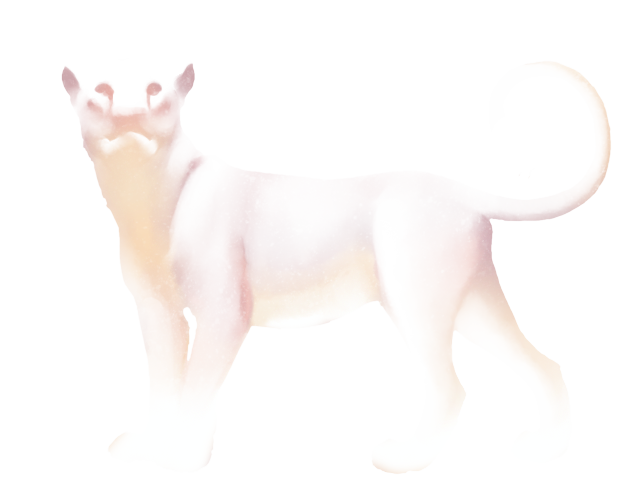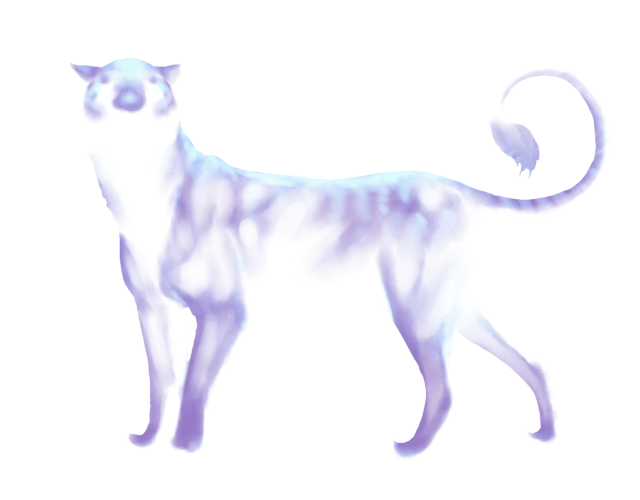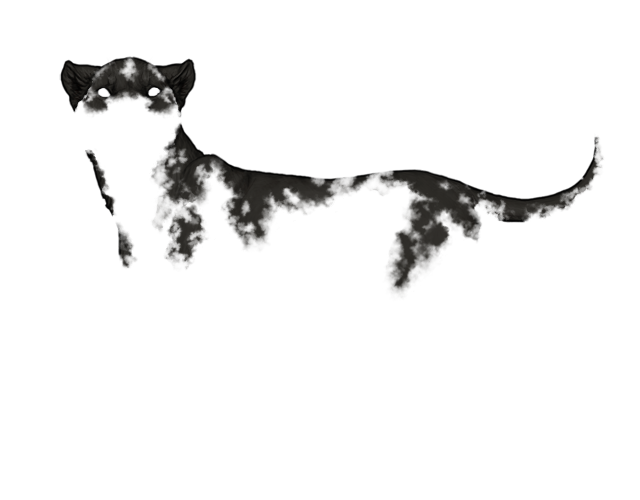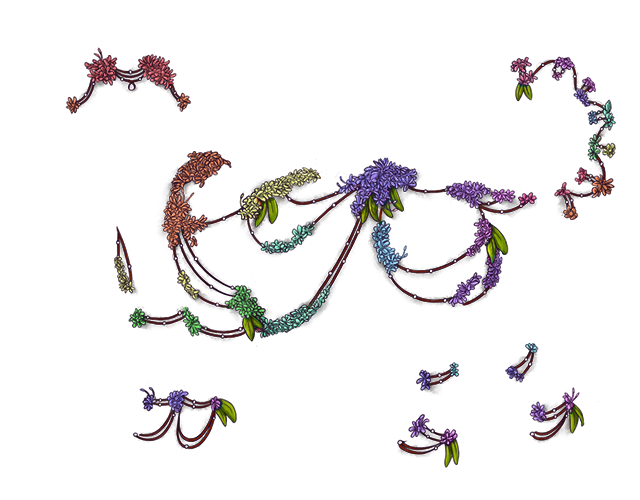|
Viola is a genus of flowering plants in the violet family Violaceae. It is the largest genus in the family, containing between 525 and 600 species. Most species are found in the temperate Northern Hemisphere; however, some are also found in widely divergent areas such as Hawaii, Australasia, and the Andes.
Some Viola species are perennial plants, some are annual plants, and a few are small shrubs. Many species, varieties and cultivars are grown in gardens for their ornamental flowers. In horticulture the term pansy is normally used for those multi-colored, large-flowered cultivars which are raised annually or biennially from seed and used extensively in bedding. The terms viola and violet are normally reserved for small-flowered annuals or perennials, including the wild species.
When newly opened, Viola flowers may be used to decorate salads or in stuffings for poultry or fish. Soufflés, cream, and similar desserts can be flavoured with essence of Viola flowers. The young leaves are edible raw or cooked as a somewhat bland leaf vegetable. The flowers and leaves of the cultivar 'Rebecca', one of the Violetta violets, have a distinct vanilla flavor with hints of wintergreen. The pungent perfume of some varieties of V. odorata adds inimitable sweetness to desserts, fruit salads, and teas while the mild pea flavor of V. tricolor combines equally well with sweet or savory foods, like grilled meats and steamed vegetables. The heart-shaped leaves of V. odorata provide a free source of greens throughout a long growing season,[79] while the petals are used for fragrant flavoring in milk puddings and ice cream or in salads and as garnishes.[80][81]
A candied violet or crystallized violet is a flower, usually of Viola odorata, preserved by a coating of egg white and crystallised sugar. Alternatively, hot syrup is poured over the fresh flower (or the flower is immersed in the syrup) and stirred until the sugar recrystallizes and has dried. This method is still used for rose petals and was applied to orange flowers in the past (when almonds or orange peel are treated this way they are called pralines). Candied violets are still made commercially in Toulouse, France, where they are known as violettes de Toulouse. They are used as decorating cakes or trifles or included in aromatic desserts.[80][81]
The French are also known for their violet syrup, most commonly made from an extract of violets. In the United States, this French violet syrup is used to make violet scones and marshmallows. Viola essence flavours the liqueurs Creme Yvette, Creme de Violette, and Parfait d'Amour. It is also used in confectionery, such as Parma Violets and C. Howard's Violet candies.
|




